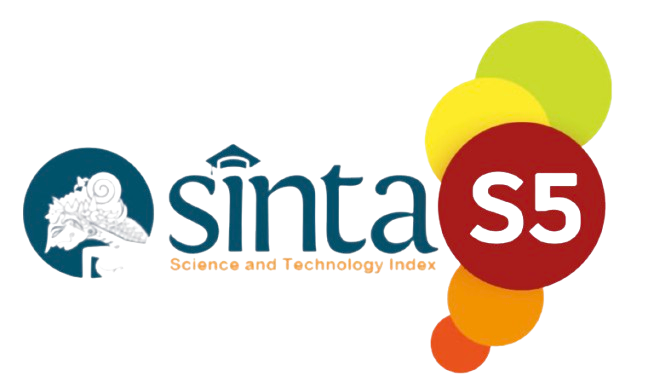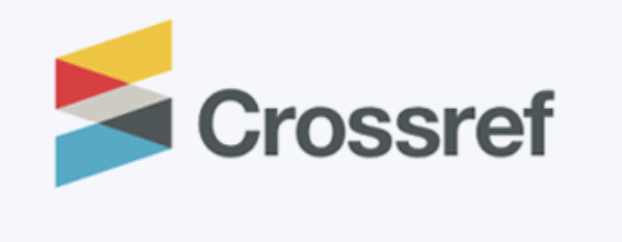Improving Short Stories Writing Ability Through Episodic Mapping Strategies
DOI:
https://doi.org/10.52217/ijlhe.v3i1.792Keywords:
episodic mapping, short stories, writing skillAbstract
This study aims to determine whether there are differences in the ability to write short stories in students who take lessons using the Episodic Mapping strategy with students who take lessons without using the Episodic Mapping strategy. This study is also to determine the effectiveness of the Episodic Mapping strategy in learning to write short stories for twelfth grade students of SMA Negeri 2 Way Ratai Pesawaran in the academic year of 2018/2019. This research uses the type of classroom action research which is carried out in the form of a cycle. The population of this study were students of twelfth grade in SMA Negeri 2 Way Ratai Peswaran. Determination of the sample is using cluster random sampling technique. The reliability test was carried out using the Cronbach alpha coefficient formula. The calculation results show a reliability value of 0.853 which is greater than the coefficient value of 0.6. Before conducting data analysis, the normality test and homogeneity test were first carried out. The data analysis technique was carried out using the post-test and t-test scores. The results showed that the use of the episodic mapping strategy was effective in improving the ability to write short stories for class XI students of SMA Negeri 2 Way Ratai Pesawaran. This can be seen from the calculations that have been made through the assessment rubric on the ability of students to compose short stories which show that during the first cycle of corrective action the score reached 577 (less) and at the second cycle of corrective action the score reached 669 (enough), and the third cycle achieved a score of 931 (good).
References
Arikunto, Suharsimi. (2010). Prosedur Penelitian suatu Pendekatan Praktik. Jakarta: Rineka Cipta.
Arikunto, Suharsimi; Suhardjono; Supardi. (2019). Penelitian Tindakan Kelas. Jakarta: Bumi Aksara.
Harmer, J. (2001). The Practice of English Language Teaching. Essex: Pearson Education Limited.
Hastomo, T. (2019). Schoology effects on students' writing ability. Lentera: Jurnal ilmiah kependidikan, 12(1), 149-154.
Keraf, Gorys. (2005). Diksi dan Gaya Bahasa. Jakarta: PT Gramedia Pustaka Utama
Rusmidawati, R., Surastina, S., Sutiyono, A. ., & Anggraini, T. R. . (2019). The Correlation of Effective Sentence and Paragraph Mastery with Narrative Writing Ability in Class V Students of SD Negeri 5 Marang South Pesisir District of West Pesisir in Academic Year 2018/2019. IJLHE: International Journal of Language, Humanities, and Education, 2(2), 9–16.
Sarjidu. (2004). Penelitian Sastra. Jakarta: Gunung Mas.
Subing, E. S. ., Fahrurrozi, F., Sutrisno AB, J. ., Angraini, N. ., & Marcela, E. D. . (2019). Relationship of Student’s Vocabulary and Schematic Mastering with Observation Report Writing Skills. IJLHE: International Journal of Language, Humanities, and Education, 2(2), 1–8.
Wicaksono, Andri, dkk. (2018). Tentang Sastra: Orkestrasi Teori dan Pembelajarannya. Yogyakarta: Garudhawaca.
Wicaksono, Andri. (2014). Menulis Kreatif Sastra: dan Beberapa Model Pembelajarannya. Yogyakarta: Garudhawaca.
Wicaksono, Andri. (2017). Pengkajian Prosa Fiksi (Edisi Revisi). Yogyakarta: Garudhawaca.
Wiesendanger, Katherine D. (2000). Strategies for Literacy Education. Ohio: Merrill Prentice hall.
Wiyatmi. (2006). Pengantar Kajian Sastra. Yogyakarta: Pustaka.
Yanti, N. ., & Pandey, N. . (2022). The Symbolism in Sylvia Plath’s Poems. IJLHE: International Journal of Language, Humanities, and Education, 2(1), 1–12.














